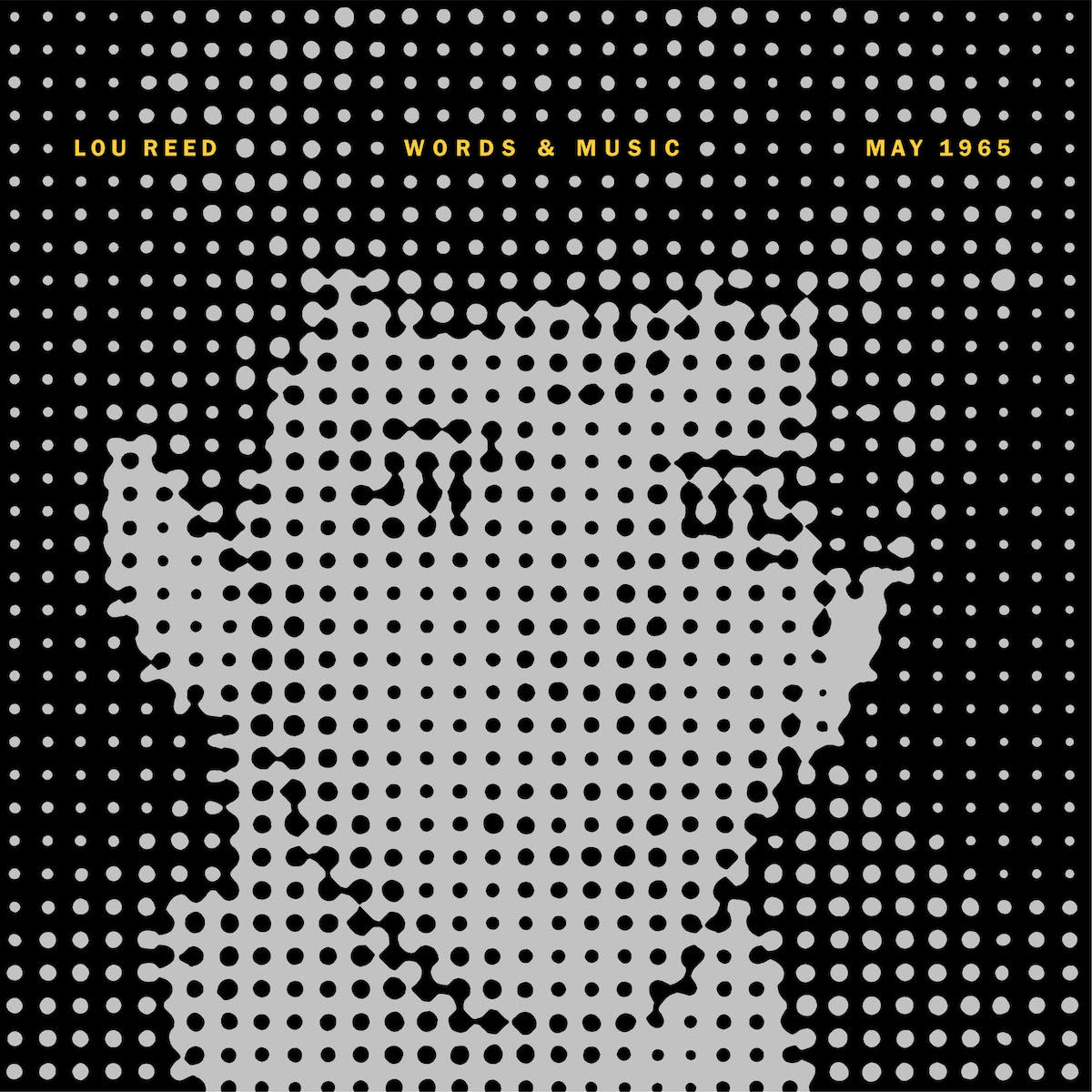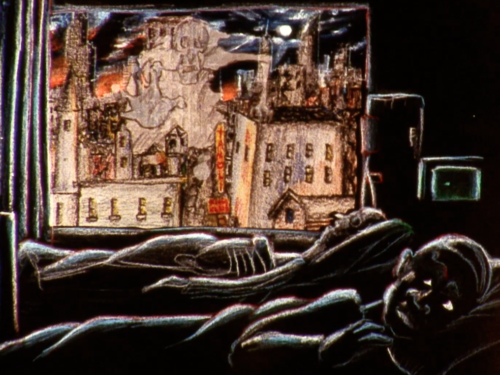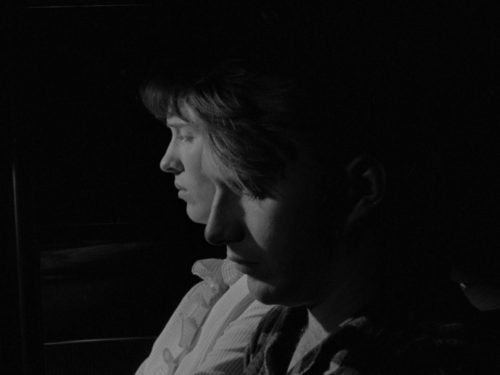In a newly revamped format of the Certain Songs Project, Craig Wright examines a standout single song (or songs) in depth. With stunning irregularity, our editor will add to an ongoing playlist of songs that lack any overlying theme. Some are brand new discoveries, others are long-ingrained favorites; some will be completely unfamiliar, others completely inescapable. No matter what, each song is worth praising and one that merits further discussion.
“I’m Waiting For The Man” — Lou Reed Words & Music, May 1965 (2022)
Light In the Attic Records recently released Words & Music, May 1965, the first treasure trove of recordings in the Lou Reed Archive series. The set contains early demo tapes that Reed mailed to himself as a “poor man’s copyright” and never opened, including early versions of songs that became Velvet Underground classics. This early folky version of “I’m Waiting For The Man,” which stood out in Todd Haynes’ The Velvet Underground documentary, features only Reed on vocals and guitar with John Cale singing harmony and throwing in a harmonica solo near the end. In this primitive form it still holds its power, but the more innocent mood is entirely different from the later full band approach.
So many demos just show the core of a song and provide the blueprint for where it inevitably needs to go. What’s most interesting about this set of songs is the various paths it suggests Reed (and Cale) could have taken. After already having written many songs as a staff songwriter for Pickwick Records — where he was paid to compose in the style of whatever was popular at the moment — Reed could convincingly traverse genres. Had he leapt wholeheartedly into the burgeoning folk scene of the day, perhaps he could have held his own among New York’s finest. In some other world, is there a folky Simon and Garfunkel-esque version of Reed and Cale? These recordings show that, while still an unlikely outcome, Reed’s solo acoustic chops were developed. Hypotheticals aside, both “I’m Waiting For The Man” and “Heroin” show another side of Reed that confirms his gift for songwriting that was just waiting for a spark to become something entirely unique.
In the center of the experimental art world of 1960s New York City, Cale began to push Reed into the avant-garde scene that he was immersed in. The collision of their sensibilities quickly transformed into songs like The Primitives’ “The Ostrich” — with its strange six-strings-all-tuned-to-the-same-note tuning that the Velvets would later employ on “Venus In Furs” — that shows how once they began working together, they found something in each other that they may never have reached alone. Haynes’ documentary implies that Reed was the songwriter looking to branch out, and Cale was the sonic architect who laid out the new runway for the songs to take off from. This “Waiting for the Man” demo finds them at a threshold where they’re still embracing tradition, but are so close to the point of transforming the fairly playful folk tune about buying drugs into the iconic song that came to define the dangerous side of late-’60s New York.
The best demos show how other bandmates and collaborators can contribute and forever alter a song. The most obvious difference between this demo and the album version is the relentless on-the-beat percussive pulse from Sterling Morrison’s riffing, Cale’s thumping piano chug, and Mo Tucker’s drumming. Tucker’s impact on The Velvet Underground can never be understated. Listen to 1970’s Loaded, the record that she missed recording due to maternity leave: You’ll hear very competent drumming in her absence, but that is the record’s greatest flaw. No matter how good the songs may be, it feels like The Velvet Underground lost a bit of their edge with more “professional” drummers on the throne. As much as these Words and Music demos tell us about Lou Reed’s development, they are also a testament to collaboration. Meeting the right people at the right time can transform good ideas into timeless classics.
Unlike the psychedelic West Coast musicians who were singing of free love and romanticized hallucinogenic experimentation, Reed’s songs were concerned with the dirtier rituals and realities of addiction. How many songwriters can claim to write lyrics as immersive as “Up to Lexington, 1-2-5 / Feel sick and dirty / More dead than alive”? Reed covers a ton of ground in three short lines. It ties a literal place together while also putting us in the head of a character waiting desperately to score. But perhaps most impressive is how the lyrical feeling changes with the musical arrangements. The demo version places the emphasis on the storytelling of the lyrics. The full band electric version evokes imagery of dirty New York streets and comes alive as an experience. Reed’s words land with so much more force.
Also of note is the Words and Music version of “Heroin” for a simple lyric change. The demo opens with the line “I know just where I’m going,” which was later changed for the studio version to “I don’t know just where I’m going.” The shift from false certainty to an uncertain admission feels like an apt metaphor for how this band grew out of these 1965 recordings. Much like hearing Beatles demos morph from solo ideas into full band standards featuring each member’s unique quirks, Lou Reed’s early tapes show a songwriter capable of creating starting points with limitless directions. This is an incredible document where you can feel the future just a few steps away.
Read Certain Songs Part 1, Part 2, Part 3, Part 4, and Part 5
Stay up to date with all things Split Tooth Media and follow Craig on Twitter
(Split Tooth may earn a commission from purchases made through affiliate links on our site.)




